
How to Use Planters to Extend Planting Zones and Grow More Plants
- - Introduction to Planters and Planting Zones
- - How Planters Can Help You Expand Your Planting Zones
- - Best Plants for Planters in Different Zones
- - Tips for Maximizing Your Planters' Potential
- - Why Planters Are Essential for Extending Growing Seasons
- - Recommended Planters from Beautiful Landscapes for Your Garden
1. Introduction to Planters and Planting Zones
Understanding planting zones is essential for gardeners who want to grow a variety of plants in their outdoor space. Planting zones, also known as hardiness zones, refer to the climatic conditions of a region, such as temperature and frost dates, that affect plant growth. Each zone has a range of plants that thrive in its unique climate. However, using planters can help you transcend these limitations and extend your planting zone, allowing you to grow plants that might not otherwise thrive in your area.

Jesse’s Landscaping & Planting Services
549 May St, Waukegan, IL 60085, USA
2. How Planters Can Help You Expand Your Planting Zones
Planters are an excellent tool for expanding your planting zones, especially when used strategically. By elevating plants in containers, you gain more control over their environment, which helps you overcome certain limitations posed by your climate zone. Here’s how planters can help:
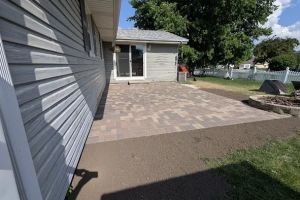
Vital Lawncare and Landscape, Inc
MantenoKankakee CountyIllinois
6501 N 5000E Rd, Manteno, IL 60950, USA
2.1. Temperature Control
One of the biggest challenges in colder climates is dealing with early frosts and late freezes. Planters allow you to move plants indoors or to warmer, sheltered areas to protect them from these temperature extremes. In warmer climates, planters can help keep the soil cooler, preventing overheating and root damage during hot summer months.
2.2. Soil Quality and Drainage
Not all garden soil is ideal for every plant. Planters provide an opportunity to use better-quality soil tailored to the specific needs of your plants. Additionally, they allow for excellent drainage, which is crucial for avoiding root rot in plants sensitive to waterlogged conditions.
2.3. Mobility and Flexibility
Planters offer unmatched flexibility because they can be easily moved to different locations. If a particular plant isn’t thriving in one area, you can relocate it to a sunnier, shadier, or more sheltered spot. This flexibility enables you to optimize your garden's layout and protect delicate plants from harsh weather conditions.
3. Best Plants for Planters in Different Zones
When selecting plants for your planters, it’s important to consider their specific needs and how they will adapt to their new, containerized environment. Here are some plant suggestions based on different planting zones:
3.1. Zone 3-4: Cold Climates
If you live in a colder climate, planters are your best option for extending your growing season. In these zones, you can grow hardy plants such as:
- Cold-hardy herbs like thyme, mint, and rosemary
- Winter vegetables such as kale, spinach, and carrots
- Annuals like pansies and petunias
By using planters, you can bring these plants inside or into greenhouses during the coldest months, extending their growing period.
3.2. Zone 5-6: Moderate Climates
In moderate climates, planters help you grow both seasonal and perennial plants. Consider adding:
- Tomatoes, peppers, and other vegetables during the summer months
- Perennials like lavender, daisies, and hostas
- Herbs such as basil, oregano, and cilantro
Planters in these zones can also help extend the growing period for certain flowers and vegetables that need a bit more warmth.
3.3. Zone 7-8: Warm Climates
In warmer climates, planters can help you grow plants that need a little extra protection from the sun or heat, such as:
- Succulents and cacti
- Herbs like mint and parsley
- Annuals such as marigolds and geraniums
In hot climates, planters can be moved to shaded areas to protect sensitive plants from the midday sun.
4. Tips for Maximizing Your Planters' Potential
To make the most of your planters and ensure your plants thrive, here are a few helpful tips:
4.1. Choose the Right Size Planter
Choosing the right size planter for each plant is essential for its growth. Too small a planter can restrict root development, while too large a planter can lead to excessive water retention. Ensure the planter has enough space for your plant’s roots to grow and sufficient drainage to prevent waterlogging.
4.2. Use High-Quality Soil
Soil quality plays a significant role in the health of your plants. Invest in high-quality potting soil that is specifically designed for container gardening. These soils are typically lighter and drain better, providing your plants with the proper nutrients and oxygen they need to thrive.
4.3. Water Wisely
Planters tend to dry out faster than garden soil, so regular watering is important. However, it’s crucial to avoid overwatering. Ensure your planters have good drainage and check the moisture level of the soil before watering. Use a watering can with a narrow spout to target the roots directly and avoid waterlogging the plant.
4.4. Add Mulch
Mulch can help retain moisture and regulate soil temperature in planters. Use an organic mulch like bark or straw to cover the soil surface, which helps reduce evaporation and keeps the roots cool in hot weather.
5. Why Planters Are Essential for Extending Growing Seasons
Planters are a game-changer for gardeners who want to extend their growing seasons. By offering mobility, temperature control, and customizable soil conditions, planters enable you to grow a wide variety of plants outside their traditional zones. Whether you're trying to start seeds earlier, protect sensitive plants, or extend your harvest, planters are an essential tool for maximizing your garden's potential.
6. Recommended Planters from Beautiful Landscapes for Your Garden
If you're ready to get started with planters, visit Beautiful Landscapes for a wide selection of high-quality planters and gardening products. From durable containers to high-performance soil, we have everything you need to create the perfect environment for your plants.

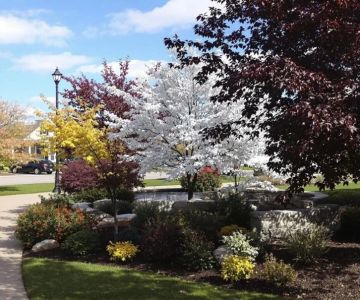
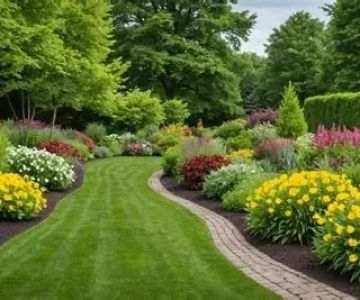
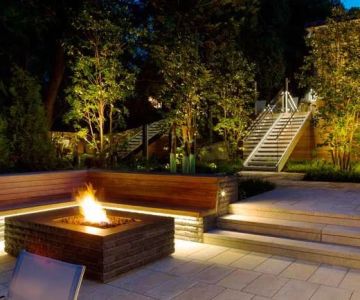
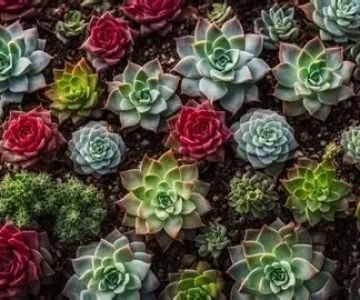
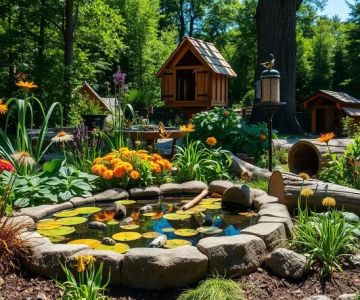
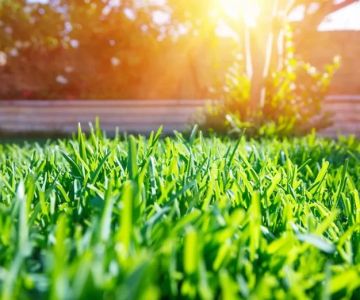
 Infinity Lawn & Landscaping4.0 (52 reviews)
Infinity Lawn & Landscaping4.0 (52 reviews) QualityWorks Trademark LLC4.0 (30 reviews)
QualityWorks Trademark LLC4.0 (30 reviews)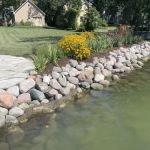 Eubanks Environmental5.0 (10 reviews)
Eubanks Environmental5.0 (10 reviews) BrightView Landscape3.0 (16 reviews)
BrightView Landscape3.0 (16 reviews)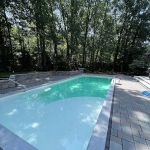 Statements In Stone Pool and Patio4.0 (47 reviews)
Statements In Stone Pool and Patio4.0 (47 reviews) Schmitt's Landscape Tree service North Aurora4.0 (4 reviews)
Schmitt's Landscape Tree service North Aurora4.0 (4 reviews)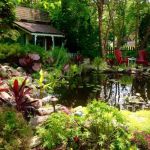 How to Landscape for Seasonal Wildlife Attraction in Your Garden
How to Landscape for Seasonal Wildlife Attraction in Your Garden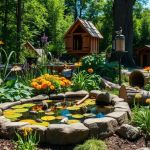 How to Build a Wildlife Habitat Garden That Supports Biodiversity
How to Build a Wildlife Habitat Garden That Supports Biodiversity How to Use Garden Art to Add Personality to Your Outdoor Space
How to Use Garden Art to Add Personality to Your Outdoor Space How to Plan Outdoor Fire & Water Features Harmoniously for Your Garden
How to Plan Outdoor Fire & Water Features Harmoniously for Your Garden How to Revive a Neglected Lawn Step by Step
How to Revive a Neglected Lawn Step by Step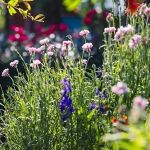 How to Choose Native Shrubs That Thrive Without Fertilizer
How to Choose Native Shrubs That Thrive Without Fertilizer